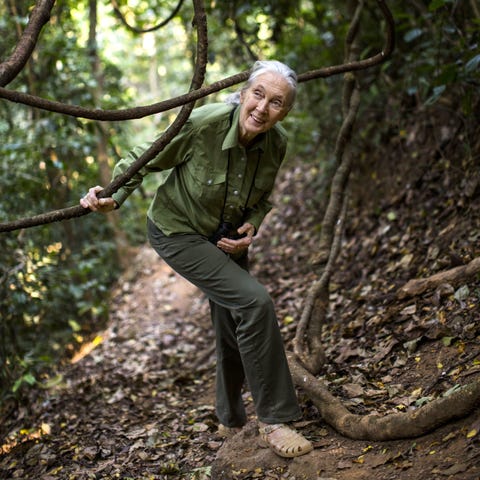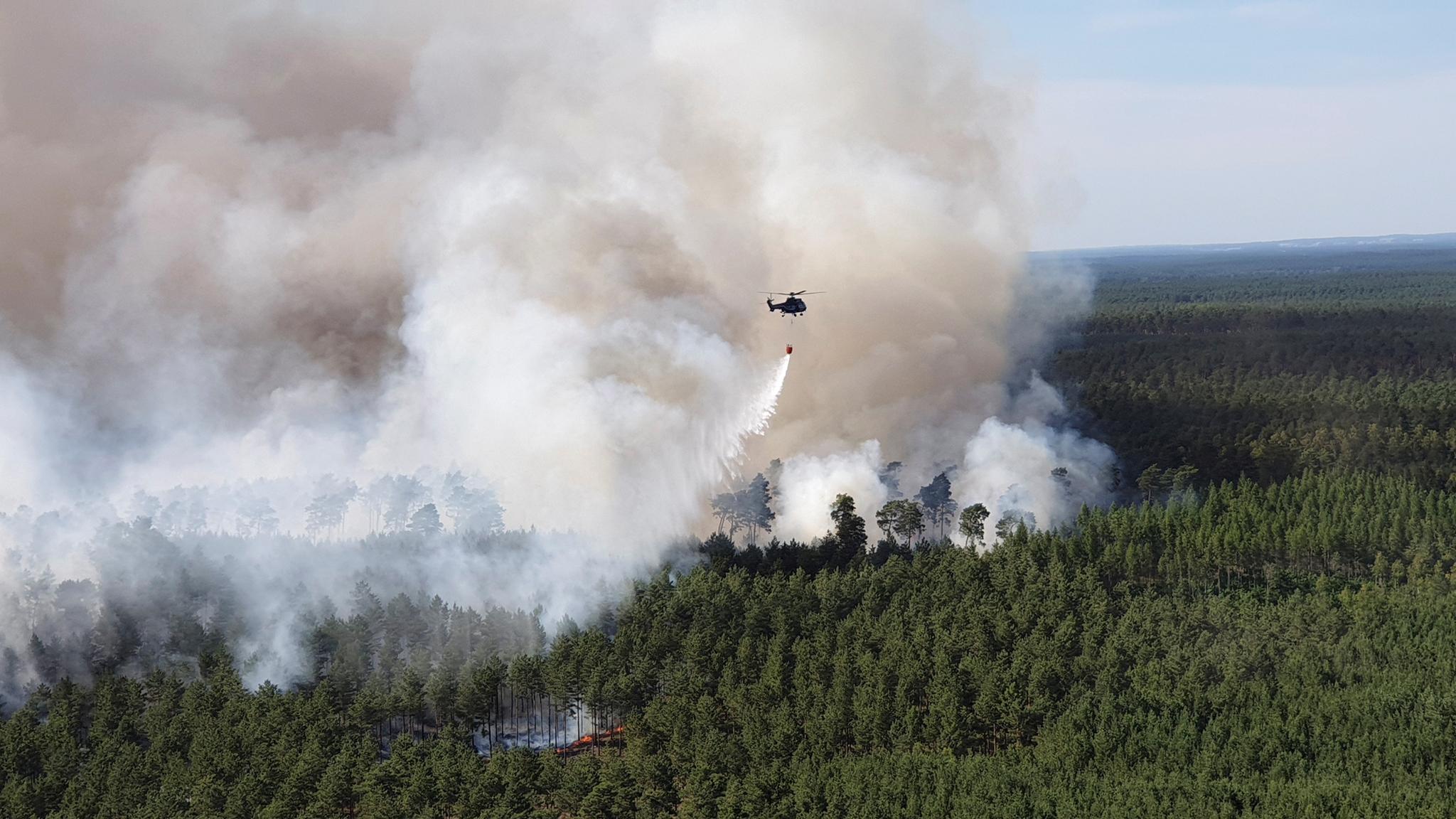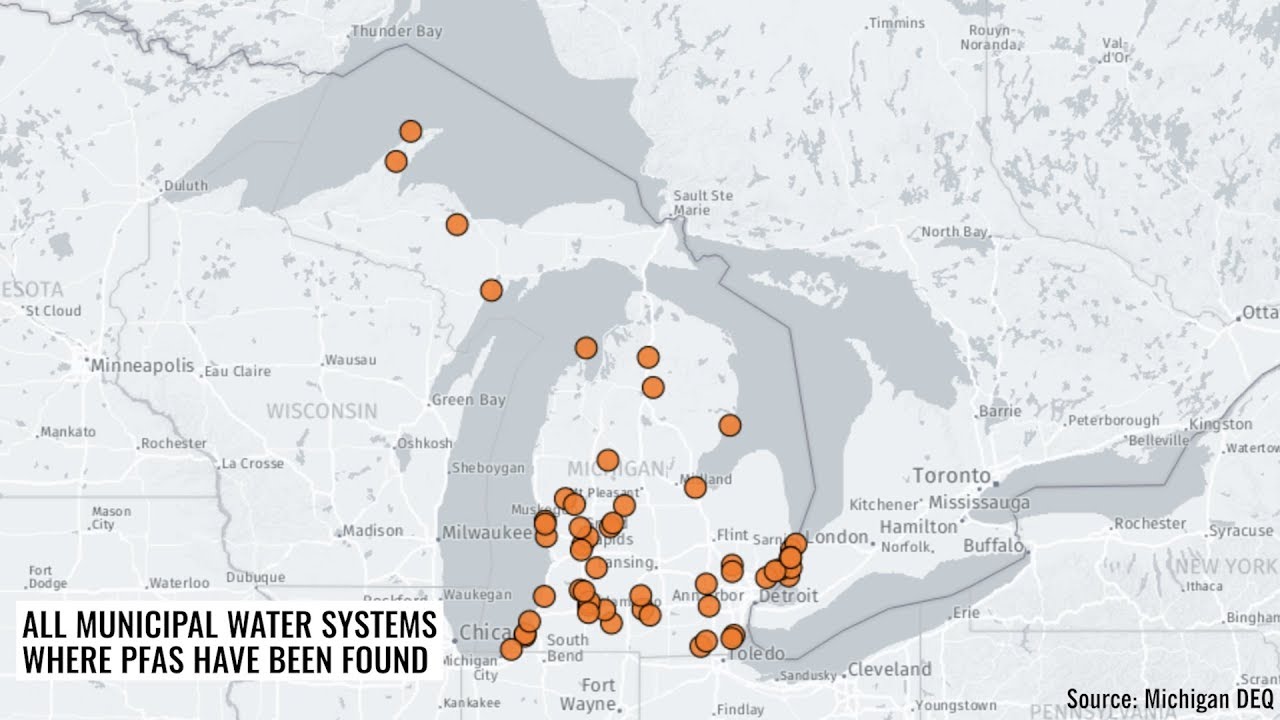Global warming driven by human activity made the heat wave at least five times more likely.
Climate change made it five times more likely that Europe would experience a powerful heat wave like the one that baked the region in June, an international team of scientists reports.
The findings, released July 2 by the World Weather Attribution Network, tackle the tricky question of how the heat wave might have been linked to global warming (SN Online: 6/2/19). The extreme weather broke heat records in parts of Germany, Switzerland, Italy, Spain, the Netherlands and the Czech Republic, and set an all-time high for France of 45.9° Celsius (114.6° Fahrenheit).
Heat waves aren’t just about isolated high temperatures; the events are also defined by where, when and for how long they occur. To identify heat wave patterns and determine if climate change played a role in the June event, the network’s scientists examined three-day averages of the average daily temperatures for France during the heat wave, and compared those to previous temperature observations as well as to climate simulations to assess the role of climate change.

SWELTERING SUMMER Temperatures were blistering in Paris on June 26, as people sought relief from a brief but intense heat wave in the Trocadero Gardens fountain. A new study finds that climate change made the extreme temperature event at least five times more likely. XINHUA/ALAMY STOCK PHOTO
Current climate conditions make the June heat wave in France up to 100 times more likely to occur than it would have been in 1901, the team found. It’s unclear exactly how much climate change contributed to that increased risk, due to several factors including that temperature observations began only in 1947. But the researchers say they are “very confident” that climate change increased the probability by at least a factor of five. The findings have yet to be peer reviewed.
Continue reading at: Europe’s latest heat wave has been linked to climate change | Science News
Climate change made it five times more likely that Europe would experience a powerful heat wave like the one that baked the region in June, an international team of scientists reports.
The findings, released July 2 by the World Weather Attribution Network, tackle the tricky question of how the heat wave might have been linked to global warming (SN Online: 6/2/19). The extreme weather broke heat records in parts of Germany, Switzerland, Italy, Spain, the Netherlands and the Czech Republic, and set an all-time high for France of 45.9° Celsius (114.6° Fahrenheit).
Heat waves aren’t just about isolated high temperatures; the events are also defined by where, when and for how long they occur. To identify heat wave patterns and determine if climate change played a role in the June event, the network’s scientists examined three-day averages of the average daily temperatures for France during the heat wave, and compared those to previous temperature observations as well as to climate simulations to assess the role of climate change.

SWELTERING SUMMER Temperatures were blistering in Paris on June 26, as people sought relief from a brief but intense heat wave in the Trocadero Gardens fountain. A new study finds that climate change made the extreme temperature event at least five times more likely. XINHUA/ALAMY STOCK PHOTO
Current climate conditions make the June heat wave in France up to 100 times more likely to occur than it would have been in 1901, the team found. It’s unclear exactly how much climate change contributed to that increased risk, due to several factors including that temperature observations began only in 1947. But the researchers say they are “very confident” that climate change increased the probability by at least a factor of five. The findings have yet to be peer reviewed.
Continue reading at: Europe’s latest heat wave has been linked to climate change | Science News







